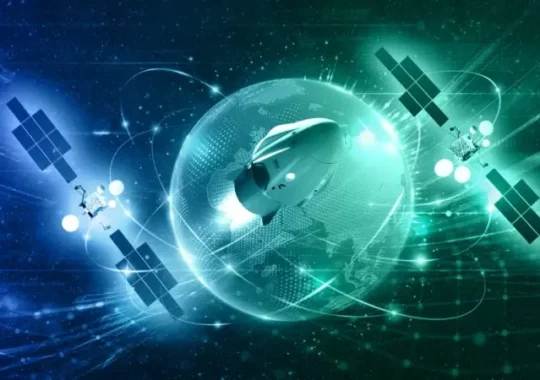Japan successfully launched its new flagship H3 rocket carrying an Earth observation satellite from a space center on a southwestern island on Monday, boosting the country’s space goals after the vehicle failed to launch last year.
At 12:06 p.m., the Tanegashima Space Center in Kagoshima Prefecture launched the domestically made H3 rocket No. 3, which released its first stage approximately 5 minutes later. The satellite then separated around 16 minutes later at a height of approximately 613 kilometers.
The signal from the Advanced Land Observing Satellite-4, commonly known as Daichi-4, was received at the Santiago Station in Chile at 12:59, and the Japan Aerospace Exploration Agency reported that its Sun Acquisition Mode was operating normally.
“It was a perfect score for the liftoff. We are relieved with the second consecutive success (in the launch of H3 rocket),” project manager Makoto Arita told a press conference.
The launch of the rocket, the successor to the country’s current primary H2A vehicle, comes as Japan strives to establish a presence in the increasingly competitive satellite-launch business, with ambitions to launch H3 rockets six times per year.
The launch of the H3 rocket No. 3 was originally slated for Sunday, but was postponed due to expected severe weather.
The launch of the first No. 1 vehicle failed in March 2023. It was instructed to self-destruct minutes after launch when its second-stage engine failed to ignite. The second H3 rocket launched in February was successful, however it carried a false satellite.
The satellite launched by the No. 3 rocket is planned to be used to monitor disaster-affected areas and ground modification induced by volcanic activity or an earthquake.
The satellite can capture photographs even in bad weather and at night thanks to radar technology. Given its extensive coverage, the satellite is expected to aid in the early detection of unexpected movements such as volcanic activity changes, ground subsidence, and landslides.
JAXA and Mitsubishi Heavy Industries Ltd. developed the liquid-fuel H3 rocket as Japan’s next-generation heavy-lift launch vehicle. According to JAXA, the H3 will have a lower launch service fee than the H2A.
The H2A’s operation is projected to finish in fiscal 2024 with rocket No. 50, and the H3 will take over completely in fiscal 2025.
The H3 rocket will also be utilized in the US-led Artemis Moon exploration program, which will send Japanese humans to the lunar surface alongside US astronauts, as well as sample retrieval missions to Martian moons.
Global rivalry has increased when SpaceX of the United States entered the market, bringing novel technology and a proven track record in rocket launches.





